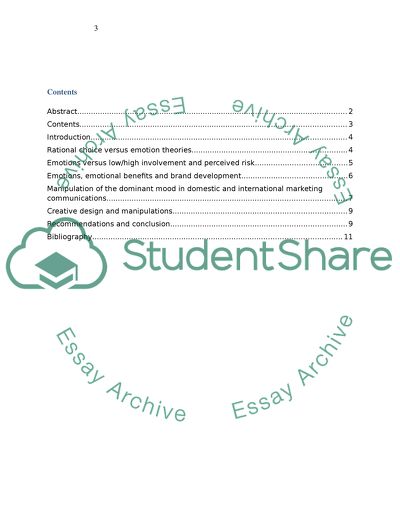Cite this document
(“Wood (2010) contends that emotions drive everything we do, so an Essay”, n.d.)
Retrieved from https://studentshare.org/marketing/1680423-wood-2010-contends-that-emotions-drive-everything-we-do-so-an-absence-of-emotion-results-in-inaction-discuss-the-levels-to-which-emotions-are-manipulated-in-domestic-and-international-integrated-marketing-communications-campaigns-using-contemporary-ex
Retrieved from https://studentshare.org/marketing/1680423-wood-2010-contends-that-emotions-drive-everything-we-do-so-an-absence-of-emotion-results-in-inaction-discuss-the-levels-to-which-emotions-are-manipulated-in-domestic-and-international-integrated-marketing-communications-campaigns-using-contemporary-ex
(Wood (2010) Contends That Emotions Drive Everything We Do, so an Essay)
https://studentshare.org/marketing/1680423-wood-2010-contends-that-emotions-drive-everything-we-do-so-an-absence-of-emotion-results-in-inaction-discuss-the-levels-to-which-emotions-are-manipulated-in-domestic-and-international-integrated-marketing-communications-campaigns-using-contemporary-ex.
https://studentshare.org/marketing/1680423-wood-2010-contends-that-emotions-drive-everything-we-do-so-an-absence-of-emotion-results-in-inaction-discuss-the-levels-to-which-emotions-are-manipulated-in-domestic-and-international-integrated-marketing-communications-campaigns-using-contemporary-ex.
“Wood (2010) Contends That Emotions Drive Everything We Do, so an Essay”, n.d. https://studentshare.org/marketing/1680423-wood-2010-contends-that-emotions-drive-everything-we-do-so-an-absence-of-emotion-results-in-inaction-discuss-the-levels-to-which-emotions-are-manipulated-in-domestic-and-international-integrated-marketing-communications-campaigns-using-contemporary-ex.


